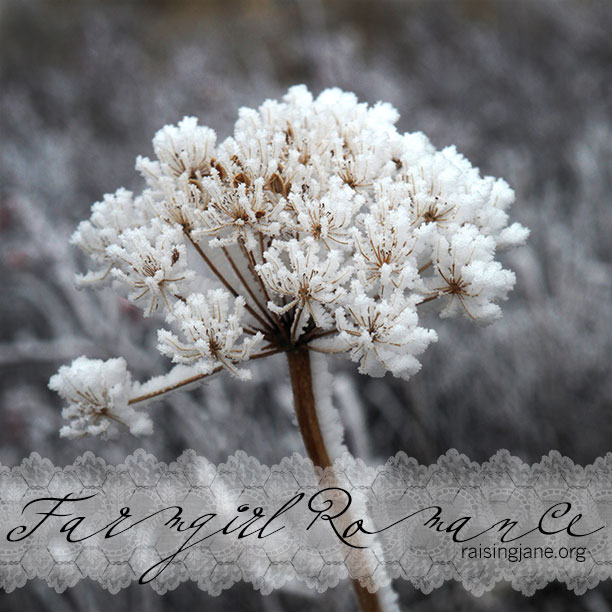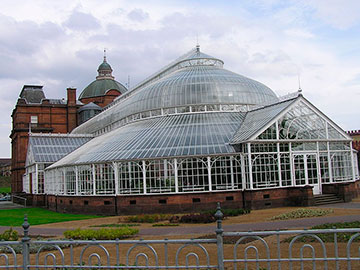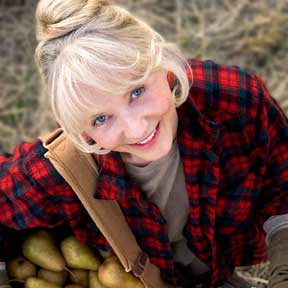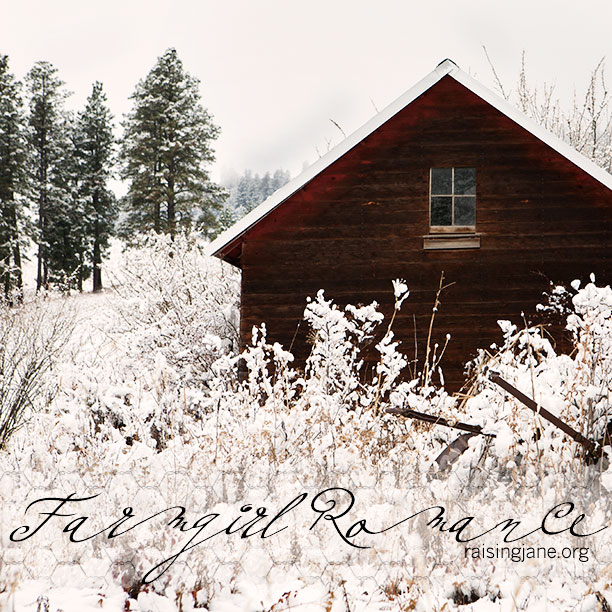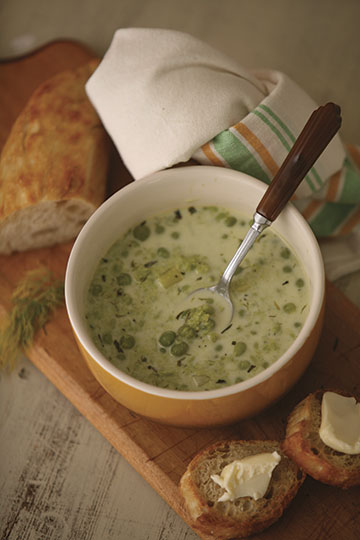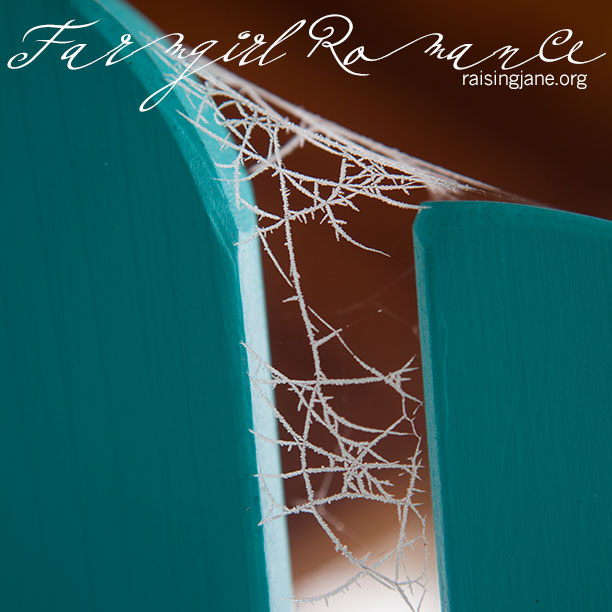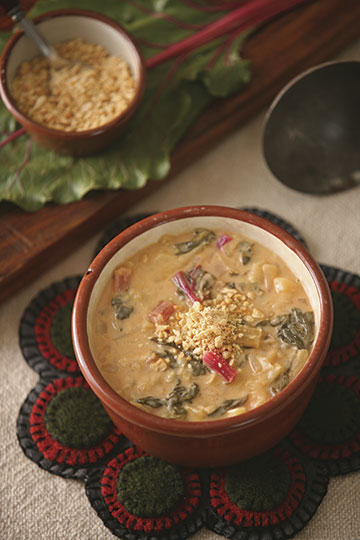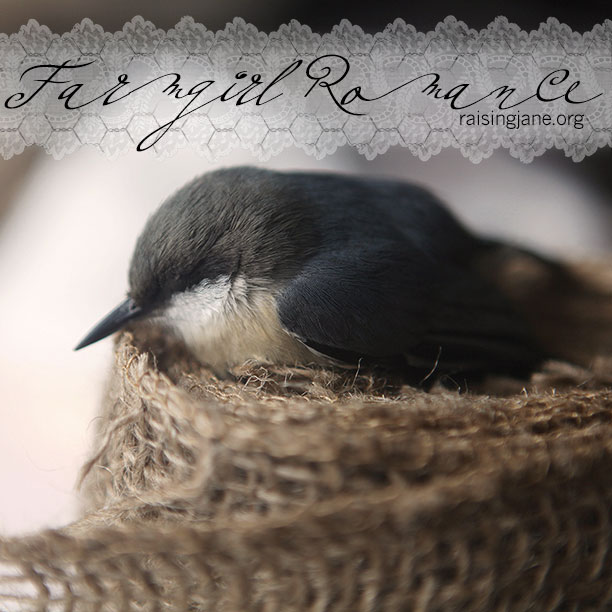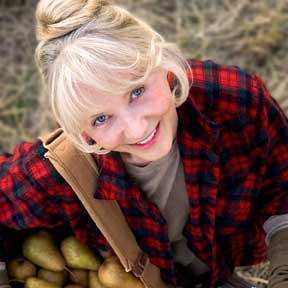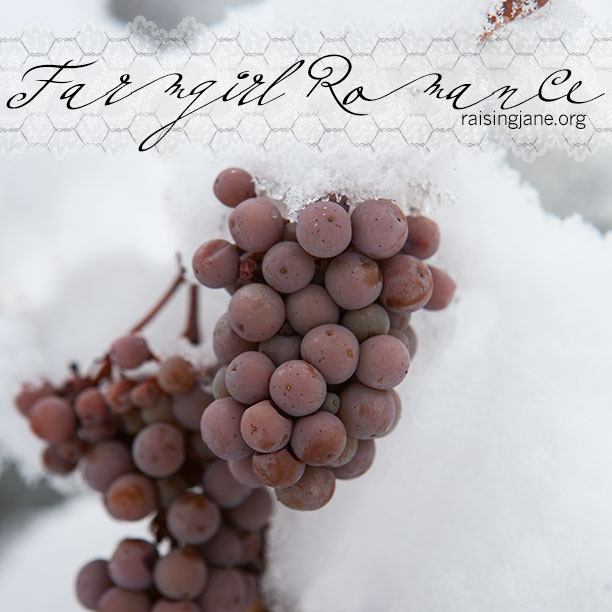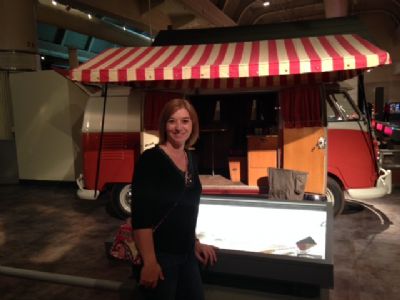Horses in the snow …
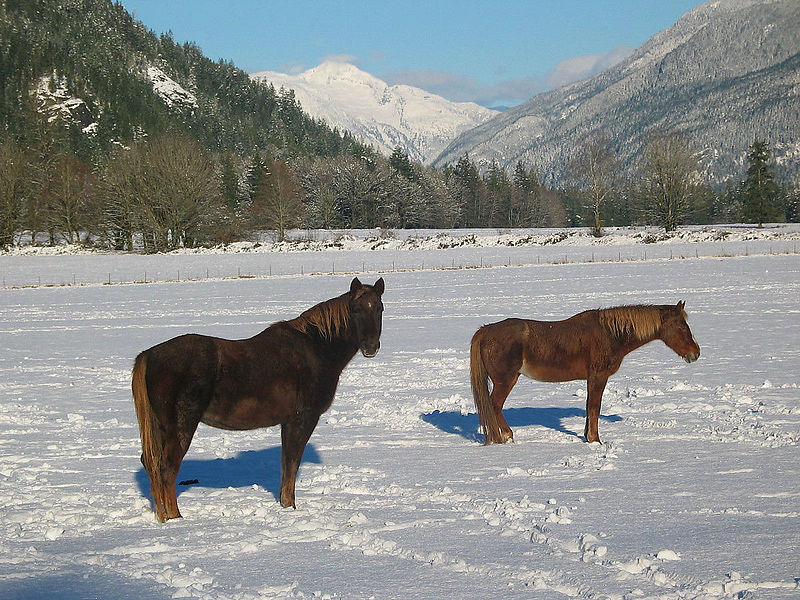
Photo courtesy of Seattle Municipal Archives via Wikimedia Commons
A picturesque image this time of year, no?
But on the Japanese island of Hokkaido, a unique breed gives “horses in the snow” an entirely new meaning.
I was introduced to the Dosanko breed when a friend recommended the children’s book Wild Horse Winter for my grandgirls.
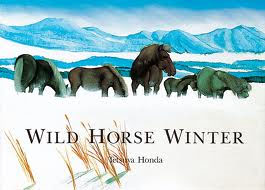
Written and beautifully illustrated by Tetsuya Honda, this quiet story takes place in—and under—the snow as a small herd of wild Dosanko ponies faces a tremendous blizzard. From the perspective of a colt who has never weathered such a storm, we follow the ponies to a place in the forest where they lie down for the night, allowing themselves to be completely submerged in the falling snow.
Come morning, all we see are puffs of steamy breath erupting from the drifts!
This behavior, which has been observed during particularly harsh winters on Hokkaido, actually helps the horses survive by insulating them from bitter temperatures and ferocious winds. That’s right—these clever creatures stay warm beneath a “blanket” of snow.
I searched the Internet for photos of this phenomenon, but found none. Thankfully, Honda’s elegant watercolor scenes portray it perfectly. You can sneak a peek at a few of the pages by clicking the cover of the book on Amazon, where it says “Look Inside.”
Here is a snowy woodland in Hokkaido … Yoo-hoo! Any horses hiding in there?
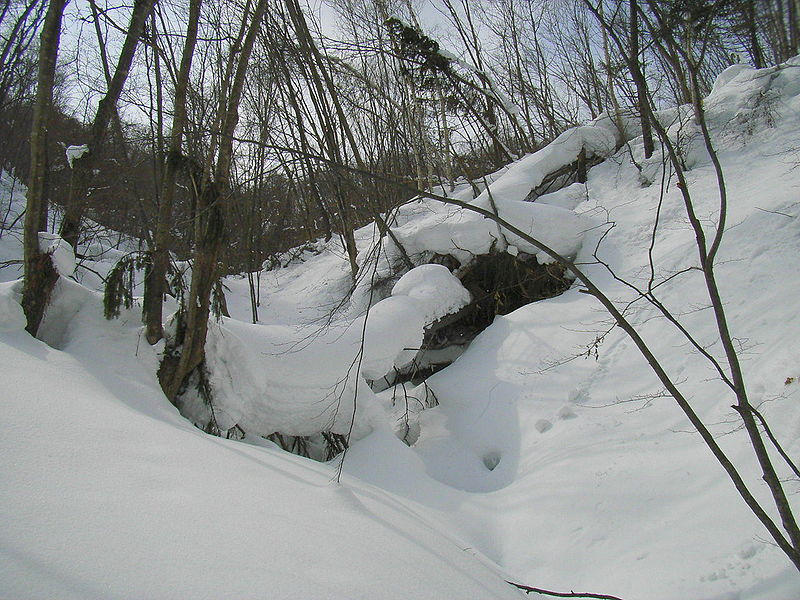
Photo by Kinori via Wikimedia Commons
It is said that the ancestors of the Dosanko, called Nambu horses, were brought to Hokkaido by merchants and fishermen over 300 years ago. Left to fend for themselves on the island, the horses that survived developed into a new breed that was shorter and stockier with longer hair and tougher hooves. These ponies have also adapted to a diet of bamboo grass, tree bark, and kelp that washes up along the island’s shores.
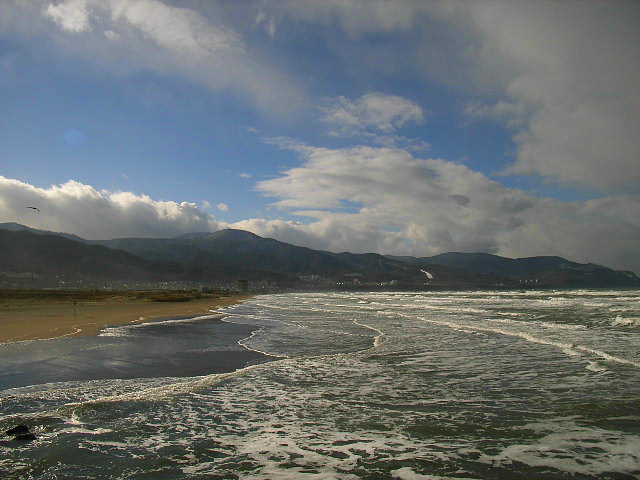
Photo by Kinori via Wikimedia Commons
Today, there are about 2,000 Dosanko horses on Hokkaido. A few are still wild, living on natural land preserves. Others are used for farming, transportation into remote mountainous areas, and trail rides on tourist ranches.
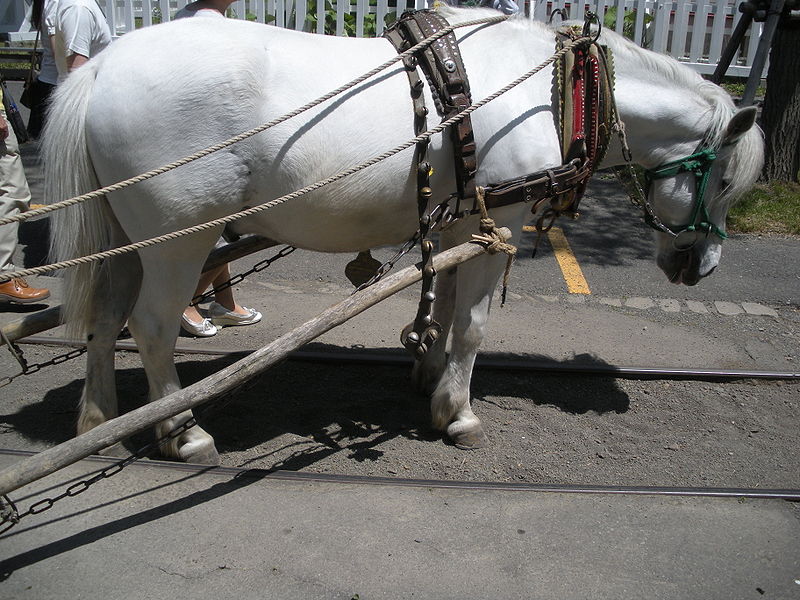
Photo courtesy of Wikimedia Commons
